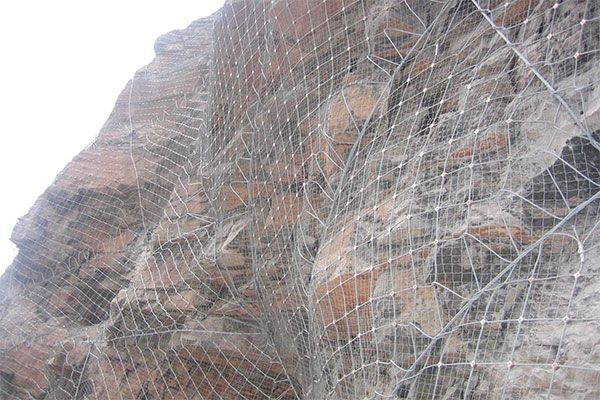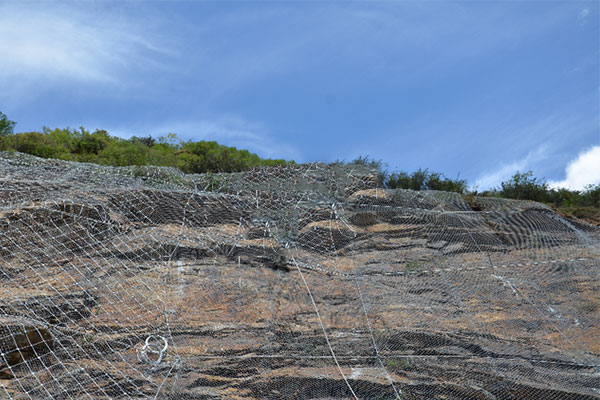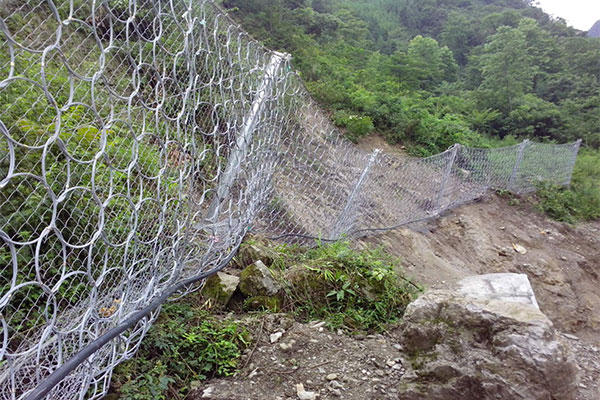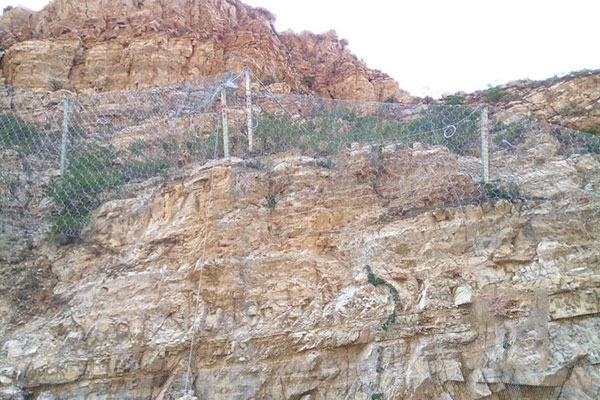What is Rockfall Netting? A Comprehensive Guide
Nature’s forces can be both awe-inspiring and destructive, and one of the ways it manifests its power is through rockfalls. Rockfalls occur when rocks or boulders detach from cliffs or steep slopes and tumble down, posing a significant threat to people, property, and infrastructure. To mitigate this risk, engineers and environmental experts have developed various methods, one of which is rockfall netting.

What is Rockfall Netting?
Rockfall netting, also known as rockfall protection netting or rockfall catchment fences, is a specialized engineering solution designed to reduce the impact of falling rocks or debris on vulnerable areas. It is a crucial component of rockfall mitigation strategies, especially in regions with high rockfall hazards such as mountainous terrain, cliffs, or steep slopes.
How Does Rockfall Netting Work?
Rockfall netting systems consist of a combination of high-strength steel cables, mesh nets, and support structures. Here’s how they work:
- Steel Cables: These cables are tensioned across the hazardous area to create a protective barrier. They are typically anchored to the ground and secured at various points along the slope.
- Mesh Nets: The steel cables support a series of mesh nets that are designed to intercept and contain falling rocks. These nets are constructed from high-strength materials capable of withstanding the impact of large rocks.
- Support Structures: To ensure the stability of the netting system, engineers may install additional support structures, such as posts or anchors, depending on the specific site conditions.
When rocks or debris fall from the slope above, the rockfall netting system absorbs and dissipates the energy, preventing the rocks from reaching the ground or causing damage. Instead, the rocks are trapped within the netting, where they can be safely removed or disposed of without posing any further risk.



Benefits of Rockfall Netting
- Enhanced Safety: The primary purpose of rockfall netting is to protect people, vehicles, and infrastructure from the dangers of falling rocks. By providing a barrier that intercepts and contains rockfalls, these systems significantly reduce the risk of injury or damage.
- Cost-Effective: Rockfall netting offers a cost-effective alternative to more extensive and expensive engineering solutions like rockfall barriers or slope stabilization measures. It can be particularly beneficial in remote or difficult-to-access locations.
- Environmental Preservation: Rockfall netting is often designed to blend in with the natural surroundings, minimizing its visual impact. This allows for the preservation of the ecological balance of the area while still providing protection.
Applications of Rockfall Netting
Rockfall netting is a versatile solution that finds applications in various settings:
- Roads and Highways: Protecting roads and highways from rockfalls is crucial for ensuring the safety of commuters. Netting systems are commonly used in hilly or mountainous regions to mitigate the risks associated with falling rocks.
- Railways: Railways passing through rocky terrain often employ rockfall netting to safeguard trains and railway infrastructure from rockfall incidents.
- Urban Areas: In densely populated urban areas with steep terrain, rockfall netting can be used to protect buildings, parking lots, and public spaces from potential rockfall hazards.
- Construction Sites: Construction projects in hilly or mountainous areas may use rockfall netting to ensure the safety of workers and equipment.
Conclusion
Rockfall netting is a vital component of rockfall mitigation strategies, offering enhanced safety, cost-effectiveness, and environmental preservation. By intercepting and containing falling rocks, these systems provide a practical solution for mitigating the risks associated with rockfalls in various settings. Whether it’s protecting highways, railways, urban areas, or construction sites, rockfall netting plays a critical role in safeguarding lives and property from the forces of nature.

